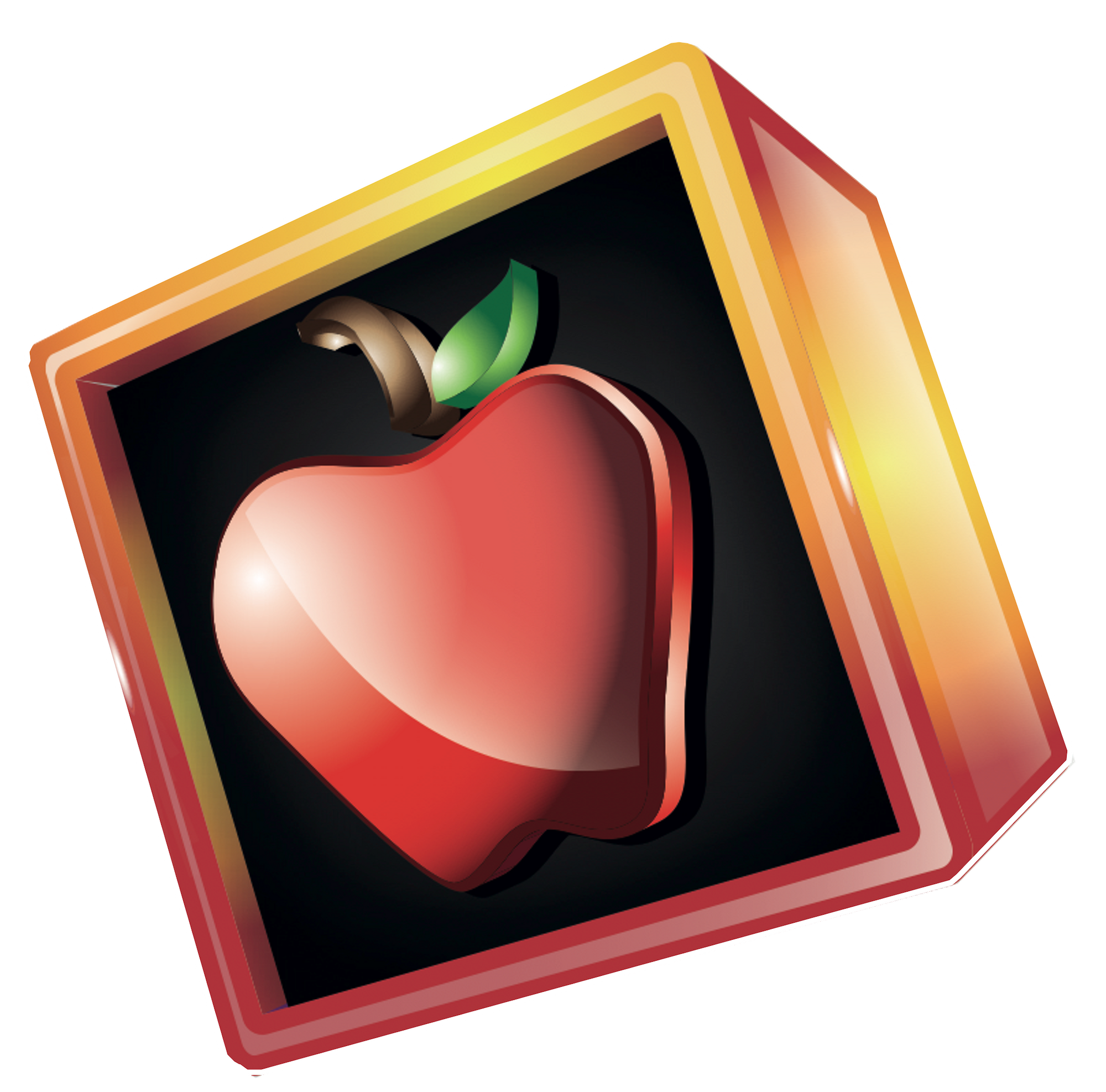Guest Blogger: Sara Manning
Starting out as a teacher in Ontario? Lesson planning and making sense of the curriculum can feel like a lot, but don’t worry - you’re not alone! With a little structure and the right mindset, you’ll be able to create meaningful and engaging lessons without feeling overwhelmed. Here are some key tips to help you get started.
1. Get to Know the Ontario Curriculum
First things first—get familiar with the Ontario Curriculum. This is your roadmap for what students need to learn at each grade level. You can find detailed curriculum documents on the Ontario Ministry of Education’s website. They lay out learning expectations and achievement standards, so your lessons stay on track (Ontario Ministry of Education, n.d.). It might seem overwhelming at first, but take it one subject at a time, and it’ll start to feel more manageable!
2. Start with the End in Mind
Before jumping into activities, think about the big picture: What do you want your students to learn? Setting clear learning goals helps you stay focused and makes it easier to assess whether students are actually grasping the material. Edutopia recommends using a backward design approach—essentially, planning your lessons by starting with the desired learning outcomes and working backward to structure activities and assessments around them (Edutopia, 2023).
3. Mix Up Your Teaching Strategies
Not every student learns the same way, so incorporating different teaching methods is key. Try a mix of direct instruction, inquiry-based learning, hands-on activities, and collaborative group work. Differentiating instruction, as highlighted in the Growing Success document, ensures that all students—including those with learning challenges or English language learners - have the support they need to succeed (Ontario Ministry of Education, 2010). The more variety you bring to your lessons, the more engaged your students will be.
4. Plan for Ongoing Assessment
Assessment isn’t just about the final test - it should be part of your daily teaching. Quick check-ins like exit tickets, student reflections, or class discussions help you gauge where students are at and adjust your teaching accordingly. Edutopia highlights the importance of using assessments as a tool to inform instruction rather than just measure performance (Edutopia, 2023). Plus, giving students timely and constructive feedback can boost their confidence and motivation.
5. Stay Flexible and Reflect Often
Even the best-laid plans don’t always go smoothly, and that’s okay! Some lessons might not go as expected, and sometimes you’ll need to pivot on the spot. Being flexible and open to change will make your life a lot easier. It also helps to take a few minutes after each lesson to reflect - what worked? What didn’t? This ongoing self-reflection will make your lesson planning more effective over time.
Helpful Resources for Lesson Planning and Curriculum Development
- Ontario Ministry of Education – Find official curriculum documents and teaching resources. https://www.ontario.ca/page/curriculum
- EduGains – A great source for professional learning and assessment strategies for Ontario teachers.
- The Learning Exchange – Offers videos, articles, and lesson planning tips tailored to Ontario educators.
- Edutopia Lesson Planning Guide – Practical advice on creating strong lesson plans. https://www.edutopia.org/article/new-teachers-lesson-curriculum-planning-resources
Resources:
Edutopia. (2023). New teachers: Lesson and curriculum planning resources. Retrieved from https://www.edutopia.org/article/new-teachers-lesson-curriculum-planning-resources
Ontario Ministry of Education. (n.d.). Ontario curriculum and resources. Retrieved from https://www.ontario.ca/page/curriculum
Ontario Ministry of Education. (2010). Growing success: Assessment, evaluation, and reporting in Ontario schools. Retrieved from http://www.edu.gov.on.ca/eng/policyfunding/growSuccess.pdf

